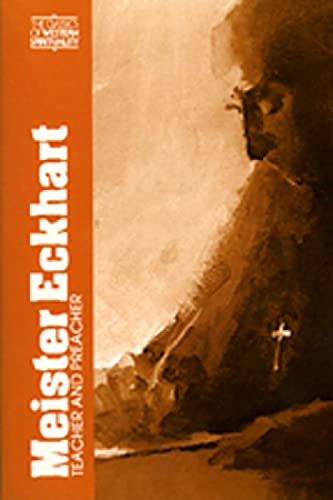As a lecturer in NT, one is constantly on the search for suitable introductory text books for use with first or second year level work. This is particularly true when one approaches the complexities of precisely how do we go about the task of interpreting the text before us. It is with this particular readership in mind that Christopher Tuckett has written this book. ‘… an introductory book for students starting academic study of the Bible …’ (p. 4). He describes it as both a descriptive and critical book about methods. As such he is not concerned with hermeneutical problems relating to how we use the text today. Nor is he concerned with philosophical issues such as cultural relativity, historicity, or the credibility of miracles in the age of science. Rather he is concerned simply with what the text meant in its first-century context.
Logically enough Dr Tuckett begins with a chapter on Scripture and the canon. Various approaches to canonicity are examined. His conclusions are that the NT texts simply established themselves over the course of the years until the church officially recognized them. Thus apostolicity, reliability and antiquity were effectively of little moment. Such a conclusion arises at least partially from Tuckett’s view that the NT is only a starting-point for Christian theology, the primary sources. As a result ‘this does not mean, however, that we have to accept uncritically everything that the Bible says’ (p. 17). Happily this rather low view of inspiration does not much affect the handling of the text in subsequent chapters. In fact the next chapter deals with textual criticism and shows a real concern for the text of Scripture. The history of textual studies is briefly outlined, followed by a succinct description and critique of the methodology.
Dr Tuckett has two chapters on what he terms ‘problems of introduction’ and divides them between the more standard issues of authorship, date, readership, etc. and a wider definition including sociological, linguistic and other matters relating to religious background. In his handling of the standard issues Dr Tuckett shows considerable evenhandedness of approach to such old chestnuts as the authorship of the Captivity Epistles and historical problems surrounding Acts and Galatians. Very few Themelios readers will want to agree with all of his conclusions but they will all be helped by the clarity of his description of the methodology involved. Moreover it is refreshing to find constant reference to the relevance of what is being discussed.
The three chapters devoted to the well-established disciplines of form, source and redaction criticism are once again clear and succinct. The rise of these disciplines is briefly documented and the various major views are discussed. Examples are taken from throughout the NT and not simply from the Synoptic Gospels. These examples are occasionally somewhat contentious. For example, Mk. 2:18–20 is examined and verse 20 found to be ‘a secondary addition of the early church’ (p. 103). Nevertheless Dr Tuckett offers a very positive appraisal of the more traditional methodologies, affirming that they need not lead to historical agnosticism.
The writer is, however, much more sceptical of more recent approaches. His early chapter on genre left me somewhat confused as to exactly what he understood genre to be. Later on in the book he appears to define genre and form criticism as doing the same task except on respectively larger and smaller units of tradition (p. 96). In the chapter on Sociology a distinction is made between ‘social description’ and ‘sociological explanation’. The former is, of course, not new and Dr Tuckett has included this already in one of his chapters on ‘problems of introduction’. The latter evokes a certain reluctance from Dr Tuckett. He is cautious about the work of Meeks, Theissen and Elliott and fears that, though the work of the social historian is per seindispensible, the use of sociological models tends to press exegesis into certain moulds rather than liberating scholarship from any stereotypes. Structuralism is similarly accorded a sceptical evaluation, allowing that it can only serve to confirm what has already been established by other methods.
The book closes with consideration of the canon criticism of B. S. Childs and literary criticism of the NT. Tuckett concludes that when all is said and done the older approaches of the historical-critical method are still indispensable; the newer approaches appear to contribute little that is new.
This book is a very useful introductory volume on critical method. It is well illustrated, using the same passage wherever possible (Mk. 3:1–6). It excels in its description of older approaches and provides a useful, if rather sceptical, presentation of recent developments. All, I believe, at a comprehensible level. I shall be recommending it to my students this year.
Robert Willoughby
London School of Theology, (formerly London Bible College), Northwood







